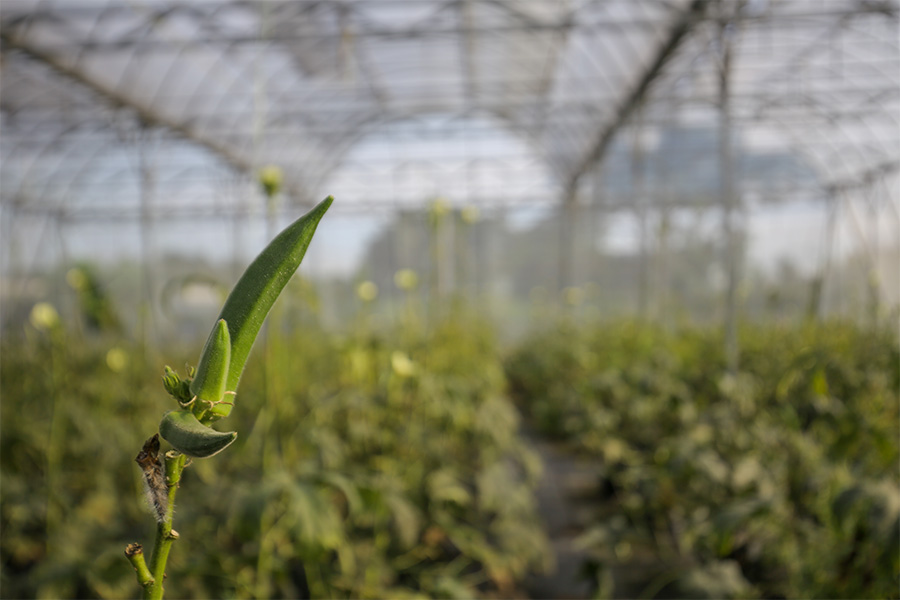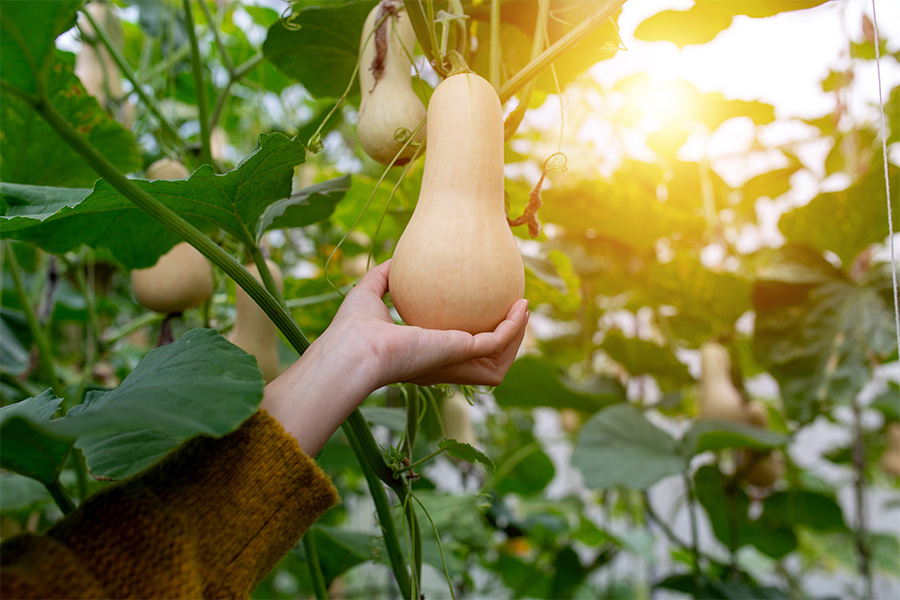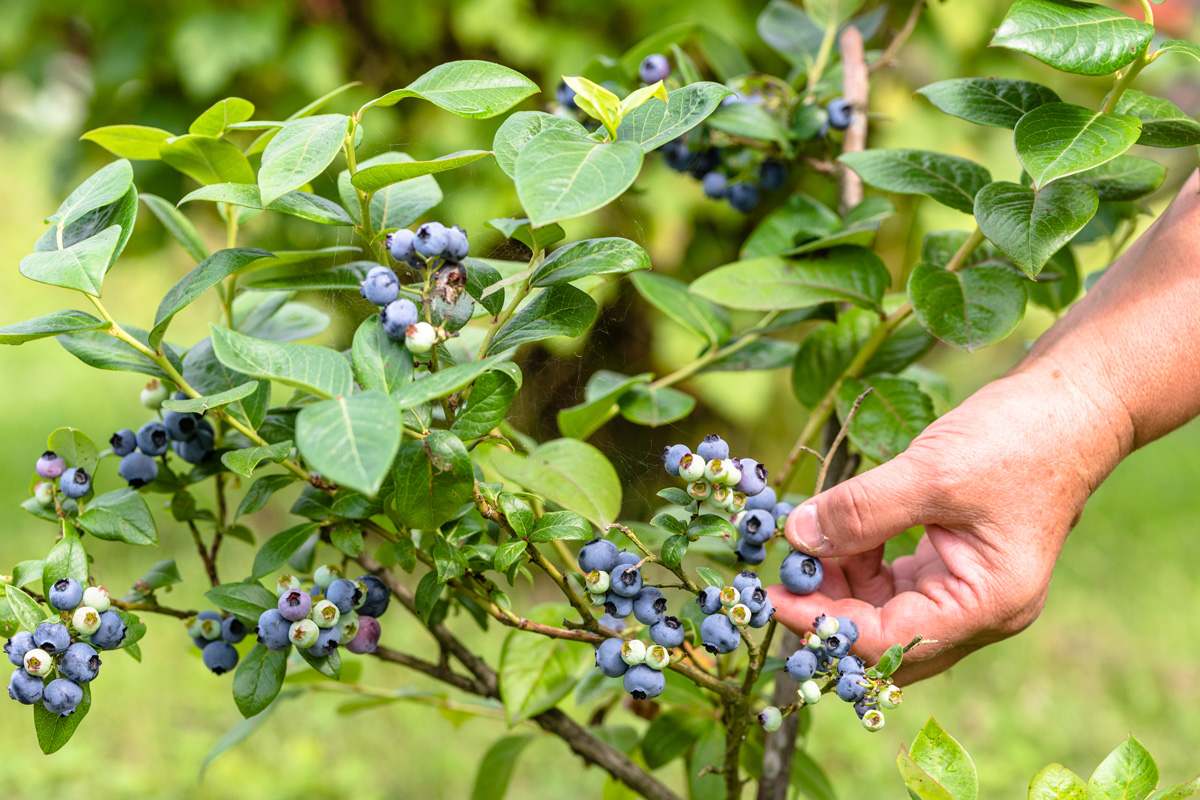Horticulture
-

This publication discusses the use of scrap wallboard at residential construction sites.
Julia W. Gaskin and Clint Waltz
|
-

Okra is grown in every county in Georgia. Okra can be a profitable crop when recommended production practices are followed.
Timothy Coolong and W. Terry Kelley
|
-

Watermelon is a warm-season crop related to cantaloupe, squash, cucumber and pumpkin. Watermelons can be grown on any well-drained soil throughout Georgia but are particularly well adapted to the Coastal Plain soils of South Georgia. Watermelons will continue to be an important part of vegetable production in the state. Increases in average yield per acre will continue as more growers adopt plastic mulch, intensive management and new hybrid varieties.
Timothy Coolong and Ted McAvoy
|
-

Squash (Cucurbita spp.) is a member of the cucurbit family, which consists of a number of warm-season vegetables. Another broad group of squash called winter squash. Each group is classified into several types based on fruit shape and color. Warm-season squash are harvested while immature while winter squash are harvested at maturity.
Timothy Coolong and W. Terry Kelley
|
-

This horticulture publication is about the commercial production of southern peas.
Darbie M. Granberry and Timothy Coolong
|
-

B 1198
Onion Production Guide
This publication represents the latest information available on the commercial production of short-day onions in south Georgia.
David G Riley, George E. Boyhan, Stanley Culpepper, Esendugue Greg Fonsah, Alton N Sparks, Timothy Coolong, Bhabesh Dutta, and William C. Hurst
|
-

This publication discusses organic Vidalia onion production in Georgia, from site selection and harvesting to certification.
George E. Boyhan and Timothy Coolong
|
-

In order to maintain a lush, green lawn and productive garden, supplemental water in the form of irrigation is often needed during peak water use periods. Two basic types of irrigation are suitable for the home landscape: sprinkler irrigation and drip (or trickle) irrigation. This publication contains comprehensive information about irrigating lawns and gardens.
Kerry A. Harrison and Wesley Porter
|
-

C 946
Home Garden Blueberries
Use this resource to understand how to best manage blueberries in your home garden. Native Georgia rabbiteye blueberry bushes will produce some fruit the second or third year after transplanting, and by sixth year they will yield as much as 2 gallons each.
Scott NeSmith and Gerard W. Krewer
|